
Your Trip to Kyoto: The Complete Guide (Activities, Hotels, Savers & More)
- Written by: WESTPLAN
Kyoto is one of the most popular destinations for visitors to Japan. This article introduces practical, essential information for making the most of a trip to the city, from exploring historic temples and shrines, to savoring local specialties such as Kyoto cuisine (kyo-ryori), and enjoying unique stays in ryokan inns or renovated traditional townhouses.
Top image: PIXTA
(This article contains affiliate links)
Quick facts about Kyoto

Kyoto Prefecture is located in the Kansai region, near the center of Japan’s main island, Honshu. To the north it faces the Sea of Japan, while to the east lies Shiga Prefecture with Lake Biwa. To the south are the ancient capital of Nara and Osaka, home to Kansai International Airport, and to the west is Hyogo Prefecture with Kobe Port.
The city of Kyoto, both the prefectural capital and the main hub for sightseeing, is situated in the southern part of the prefecture. Kyoto Station serves as the city’s gateway, with access to the Tokaido Shinkansen, JR lines, subways, Kintetsu trains, as well as city buses and taxis—making it easy to reach the city’s many attractions.
Geographically, Kyoto is a basin surrounded by mountains, giving it distinct seasonal extremes: hot and humid summers, and cold winters.
Brief history of Kyoto

From 794 and lasting more than a thousand years, Kyoto was the capital city of Japan. During this period, wars and upheaval broke out countless times, requiring the city to be rebuilt again and again in lavish splendor.
Even after the capital of Japan was moved to Tokyo in 1868, Kyoto continued its development to become the modern city we see today.
The culture of Kyoto largely grew around the flourishing imperial court centered on the emperor. It consisted of architecture, handicrafts, kimono, and cuisine, much of which has been passed down and is still practiced today.
Why is Kyoto so important to Japan?

1. Kyoto: A Living Museum of History
With around 3,000 national treasures, important cultural properties, and city-designated heritage sites, Kyoto is a world-class cultural city. Surrounded on three sides by mountains, it preserves countless temples, shrines, and historic streets that together create the unique atmosphere of an ancient capital.
2. A Treasury of Traditional Culture
Year-round, Kyoto hosts famous festivals such as the Aoi Matsuri, Gion Matsuri, and Jidai Matsuri. Many of Japan’s traditional art forms—including flower arranging, tea ceremony, Noh theater, dance, and Kyogen comedy—have their grand schools based here, offering the chance to experience these traditions at their most authentic. Kyoto’s unique entertainment culture, represented by the maiko and geiko of Gion, adds further charm and is celebrated worldwide.
3. The Center for Hands-On Cultural Experiences
Visitors can step into Kyoto’s way of life through kimono rentals, tea ceremony and incense appreciation workshops, and tastings of traditional Japanese cuisine and sweets. It is also a city where the passing of the seasons is felt deeply through festivals, rituals, and food culture.
4. A City with Excellent Tourism Infrastructure
While maintaining the dignity of Japan’s former capital, Kyoto is also a modern, convenient city with excellent transport, dining, shopping, and accommodation options. High-quality service can be found everywhere, from traditional inns to stylish cafés. With many universities and international students, Kyoto also has a welcoming, cosmopolitan atmosphere that makes foreign visitors feel at ease.
In short, Kyoto is itself a vast, living museum—a city unlike any other in the world where visitors can fully immerse themselves in Japan’s traditional culture.
Why is Kyoto so famous?

Alongside the abundance of historical temples and shrines, Kyoto is also host to a number of renowned traditional festivals like the Aoi Matsuri, Gion Matsuri, and Jidai Matsuri.
The city overflows with time-honored Japanese culture passed down the generations, seen at its peak through the arts of ikebana flower arrangement, tea ceremony, noh and kyogen theatre, traditional dance, and more.
In fact, many Japanese arts taught overseas have their leaders based in Kyoto. And, of course, perhaps the most famous of all are the beautiful maiko and geisha and the unique “hanamachi” nightlife culture.
When is the best time to visit Kyoto?

Kyoto attracts visitors year-round, but the summers can be sweltering and the winters bitterly cold, with a chill that seems to rise up from the ground. For a more comfortable trip, spring and autumn are ideal. Cherry blossoms in spring and brilliant foliage in autumn make these the best seasons for sightseeing.
That said, these peak seasons also draw many domestic travelers, so expect crowds at popular spots. To enjoy sightseeing at a more relaxed pace, it’s best to start early in the morning or visit on weekdays. While midsummer and midwinter may not be the most comfortable times to tour the city, each season has its own charms. Let’s take a look at what Kyoto has to offer throughout the year.
Kyoto in spring

Spring in Kyoto is all about flowers, especially cherry blossoms, which the Japanese hold especially dear. The peak bloom lasts for about a week, typically from late March to early April. Once the blossoms begin to open in parks and temple grounds, lanterns are lit in the evenings and crowds gather to enjoy the beauty of cherry blossoms at night.
Some of the best places for cherry blossoms in Kyoto include the easy-to-access Maruyama Park, Kiyomizu-dera Temple, Arashiyama, Heian-jingu Shrine, Kyoto Botanical Gardens, and the Philosopher's Path.
- March: Lows 3–6°C (37–43°F), Highs 15–18°C (59–64°F)
- April: Lows 12–15°C (54–59°F), Highs 23–26°C (73–79°F)
- May: Lows 14–17°C (57–63°F), Highs 25–28°C (77–82°F)
Kyoto in summer

Even on the hottest days of summer, it’s easy to cool down and feel refreshed at one of Kyoto’s numerous forests and lakes/rivers.
Notable places to escape the heat of Kyoto include the high-altitude Kibune and Kurama areas, along with Shimogamo Shrine and the Tadasu-no-Mori Forest, which boasts an abundance of 200-year-old-plus trees.
It’s also a great time to check out the scores of stunning green bamboo at the Arashiyama Bamboo Forest, spend time on the banks of the Kamo River or Kibune River, or take a boat ride through the Hozugawa River valley.
- June: Lows 18–21°C (64–70°F), Highs 30–33°C (86–91°F)
- July: Lows 24–27°C (75–81°F), Highs 35–38°C (95–100°F)
- August: Lows 25–28°C (77–82°F), Highs 36–39°C (97–102°F)
Kyoto in autumn

Once autumn really starts to take hold from late October to November, Kyoto is transformed into a marvelous sea of foliage. Many of the trees are colored red, yellow, and brown, making the surrounding mountains and shrine trees appear even more beautiful.
There are plenty of places to enjoy this, with some of the most notable being Nijo Castle, Kiyomizu-dera Temple, Eikan-do Temple, the Philosopher's Path, Kifune Shrine, Arashiyama, and Sagano.
- September: Lows 23–26°C (73–79°F), Highs 34–37°C (93–99°F)
- October: Lows 16–19°C (61–66°F), Highs 26–29°C (79–84°F)
- November: Lows 9–12°C (48–54°F), Highs 18–21°C (64–70°F)
Kyoto in winter

While snow doesn’t fall much in the city of Kyoto, enchanting snowy scenery can be enjoyed during midwinter at Kifune Shrine, which sits in the valley between Mt. Kibune and Mt. Kurama on the northeastern side of Kyoto City.
Meanwhile, the northern regions of Kyoto Prefecture boast fantastic snowfall, with some of the most enchanting wintery regions including Miyama Kayabuki No Sato, Amanohashidate, the “funaya” boat houses of Ine, and Fukuchiyama Castle.
- December: Lows 2–5°C (36–41°F), Highs 11–14°C (52–57°F)
- January: Lows 1–3°C (34–37°F), Highs 10–12°C (50–54°F)
- February: Lows 2–4°C (36–39°F), Highs 12–15°C (54–59°F)
Transportation in Kyoto

Getting to Kyoto from Tokyo and other major cities
a. From Kansai International Airport (KIX) to Kyoto
・Train: The JR Haruka Limited Express takes about 80 minutes to Kyoto Station. Fare: 3,110 yen.
・Limousine Bus: Runs from Kansai Airport to Kyoto Station Hachijo Exit in about 85–105 minutes. Fare: around 2,800 yen.
b. From Osaka to Kyoto
・Shinkansen: About 13 minutes from Shin-Osaka to Kyoto Station. Fare: around 1,500 yen.
・JR Local Train: About 30 minutes from Osaka Station to Kyoto Station. Fare: around 500 yen.
・Hankyu Railway: About 43 minutes from Umeda Station to Kyoto-Kawaramachi Station. Fare: around 500 yen.
・Keihan Railway: About 50 minutes from Yodoyabashi Station to Sanjo Station. Fare: around 500 yen.
c. From Tokyo and Other Major Cities to Kyoto
・Shinkansen: From Tokyo Station to Kyoto Station, the Nozomi takes about 2 hours 15 minutes. Fare: 14,170 yen (reserved seat, standard season). Fast, punctual, and comfortable, though pricier than other options. Reserved seats should be booked in advance.
・Overnight Highway Bus: JR and other bus companies run direct services from Tokyo to Kyoto. The trip takes about 8 hours, but requires no transfers, making it convenient for travelers with luggage. Overnight buses allow you to sleep en route and arrive in Kyoto in the morning. Budget options such as the JR Seishun Eco Dream (4-seat row) start at around 4,000 yen, making it cheaper than rail.
Getting Around Kyoto & Money-Saving Passes

To explore Kyoto, it’s convenient to use the city’s extensive network of private railways, JR lines, subways, and buses. For visitors planning to see multiple attractions in one day, unlimited-ride passes are especially useful. Here’s one of the best-value options:
Subway & Bus One-Day Pass
This ticket allows unlimited rides for one day on Kyoto City Subway, Kyoto City Buses, Kyoto Buses (some routes excluded), and Keihan Buses (some routes excluded). Since many of Kyoto’s major sights are easiest to reach by bus, it’s a very practical choice. The pass also includes discounts on admission to spots like Kodaiji Temple and Toei Kyoto Studio Park.
・Fare: Adults 1,100 yen / Children 550 yen
Recommended rail passes for Kyoto
Kansai Railway Pass (2-Day or 3-Day)
A great choice for travelers who want to explore the Kansai region in depth. This pass offers unlimited rides on subways and private railways, making it easy to visit Osaka, Kobe, Kyoto, Nara, Wakayama, and Koyasan.
・2-Day Pass: 5,600 yen
・3-Day Pass: 7,000 yen
(Note: JR trains and buses are not included.)
JR West Kansai Pass
This pass covers unlimited travel on JR West trains, including the Haruka Express from Kansai Airport, as well as JR rapid and local trains. It’s valid for reaching popular destinations such as Osaka, Kyoto, Nara, Kobe, and Himeji.
Accommodations: Where to stay in Kyoto

Kyoto offers a wide variety of accommodations, from cozy guesthouses and private townhouses to traditional ryokan inns and luxury hotels. Facilities and prices vary widely, so travelers can choose the style that best fits their budget, destination, and preferred atmosphere.
Staying Near Kyoto Station
As the city’s main terminal, Kyoto Station is a convenient base not only for sightseeing within the city but also for day trips to nearby regions. Around the north side (Central Exit), where Kyoto Tower stands, and the south side (Hachijo Exit), close to the Shinkansen gates, there are plenty of hotels within walking distance. With a three-night stay, visitors can comfortably explore Kyoto itself while also enjoying day trips to places like Lake Biwa in Shiga Prefecture or Osaka.
Staying Around Arashiyama

Known for its scenic beauty, Arashiyama offers a range of smaller hotels and traditional ryokan inns. While ryokan that include meals can be on the pricier side, they provide a wonderful chance to experience Kyoto’s warm hospitality at a leisurely pace.
With highlights such as the famous bamboo grove and numerous historic temples, Arashiyama is best enjoyed over a couple of days. A two-night stay allows time to explore not only Arashiyama itself, but also the nearby Sagano and Uzumasa areas. Renting a bicycle is a great way to see them all. Since this area is especially popular, it’s best to plan ahead and book your accommodation early.
City Center

In the heart of Kyoto, where traditional streetscapes remain, you’ll find many guesthouses converted from old merchant homes and townhouses. Staying here offers a closer glimpse into the daily life of ordinary Kyoto residents. Around Shijo Kawaramachi and Shijo Karasuma—the busiest parts of the city—you’ll have easy access to countless restaurants where you can enjoy Kyoto’s diverse food culture. Some guesthouses even provide kitchens, making them convenient for longer stays.
A growing trend is renting an entire kominka (traditional townhouse), which allows visitors to enjoy a private, local-style experience as if they were living in Kyoto themselves. Because the city is so expansive, a stay of three nights or more is recommended to fully appreciate its many sides at a relaxed pace.
Dining in Kyoto

For the authentic taste of Kyoto, traditional “washoku” cuisine is the way to go. Seasonal ingredients like vegetables, meats, and fish are delicately flavored to enhance their character and create refined, mouthwatering dishes. In addition to washoku, there are loads of Michelin-starred restaurants in Kyoto plus other cuisines and restaurants to try, making it a paradise for foodies!
Shijo Kawaramachi Area

On the west side of the Kamo River are narrow streets like Pontocho and Kiyamachi Street, characterized by rows of tightly packed restaurants. Many have a menu board posted outside, allowing you to gauge the price range and cuisine beforehand.
While many of the fancy establishments serving “kaiseki ryori” prioritize advanced reservations, there are plenty that will accept you on the day without a booking. In addition to Japanese, there are Chinese, French, Italian, and more, allowing for a wide range of tastes with a Japanese twist.
On the eastern side of the Kamo River, near Yasaka Shrine, is Hanamikoji Street, which is known for its charming, rustic aura formed through the arrangement of ancient streets. Many of the restaurants here are a bit pricey and fancy, so it’s best to do some research in advance.
Nishiki Market Area

Frequented by locals since long ago, the Nishiki Market has recently begun undertaking projects to attract sightseers and shoppers to its vibrant arcades. The most common products here are ingredients, yakitori grilled chicken, tsukemono pickles, and various Japanese sweets. Along with dining at the market, you can pick up something to take home and enjoy in the privacy of your hotel room!
Arashiyama
The restaurants and stores in the Arashiyama and Sagano neighborhoods become exceedingly busy at night, making it a better place to take lunch. The exceptional Kyoto cuisine on offer here is also surprisingly well-priced!
Experience Kyoto's Culture

One of the highlights of a Kyoto trip is learning about and experiencing its world-renowned history, traditions, and culture. Before diving in, you can get an idea of just how large Kyoto is by visiting the 5F observation deck in Kyoto Tower, located just outside Kyoto Station. There are free observation telescopes set up here, allowing you to find famous spots like Kiyomizu-dera and Higashi Hongan-ji up close!

Getting personal with Kyoto culture
Being one of Kyoto's predominant traditional crafts, learning about Nishijin-ori fabric is a fantastic way to understand the culture of Kyoto. You can learn all about it at the Nishijin Textile Center in Nishijin, which presents an all-encompassing exhibition on its history along with the opportunity to witness demonstrations by master craftspeople.
If you’re a fan of Japanese manga, the Kyoto International Manga Museum in Karasuma is a must-visit! Housed inside an abandoned elementary school, the museum exhibits manga from its beginnings to the modern era. There are over 300,000 items to check out, with 50,000 manga books able to be handled and read freely! There are even some translated editions available, allowing almost anyone to enjoy this incredible artform thoroughly.
Visit Shrines and Temples
Kyoto is home to countless temples and shrines, each with its own long history and unique blessings to pray for. Their striking architecture and beautifully designed gardens are highlights in themselves, and many are surrounded by restaurants and souvenir shops, making them ideal for a leisurely visit with plenty of time to stroll.

Among the most famous are:
・Fushimi Inari Taisha, known for its endless rows of vivid red torii gates, the iconic Senbon Torii.
・Kiyomizudera Temple, registered as part of the UNESCO World Cultural Heritage site “Historic Monuments of Ancient Kyoto.”
・Yasaka Shrine, closely associated with the Gion Festival.
・Shimogamo Shrine, another UNESCO World Heritage site, with its sacred Tadasu no Mori forest.
・Matsuo Shrine, mentioned in Kojiki, Japan’s oldest surviving chronicle.
Things to do in Kyoto

When visiting Kyoto, a city that has carried on diverse traditions for centuries, don’t miss the chance to experience its living culture firsthand. One of the most popular activities is trying on a kimono, which is offered at many sightseeing spots. Walking through historic streets or touring landmarks in traditional dress makes for a memorable cultural experience.
You can also try your hand at making wagashi (traditional Japanese sweets). Many shops offer workshops where visitors can learn the techniques of skilled artisans—an enjoyable way to immerse yourself in Kyoto’s craftsmanship.

The roughly 400m path through the Arashiyama Bamboo Grove likewise offers a distinctly Japanese ambiance. If your feet are getting tired, hop on a rickshaw and allow the driver to take you through the forest’s hidden narrow lanes.

To see more of the area, board the Sagano Sight-Seeing Tram, which runs alongside the Hozugawa River between Sagano and Kameoka. This relaxing journey allows you to thoroughly absorb the gorgeous valley scenery whose beauty changes with each season.
Shopping in Kyoto

No matter where you are in Kyoto, there is almost guaranteed to be a souvenir store stocking high-quality local goods. If you really want to shop till you drop, the best shopping districts in Kyoto are around Kyoto Station and Kyoto-Kawaramachi Station.
In the underground shopping mall in Kyoto Station is an impressive collection of shops flaunting the latest fashion accompanied by plenty of kick-knacks and other high-quality goods. The “Omiyage Koji Kyotomachi” shopping street found immediately outside the Kyoto Station central ticket gates likewise boasts a stellar assortment of popular products from old-time Japanese sweet stores, adorable “kawaii” limited edition products, and more.

Nearby Kawaramachi Station is an arcade shopping street lined with stores offering the freshest trends in Japanese and international fashion. The nearby Kawaramachi-Dori Street is also packed with shops like KYOTO BAL and Kawaramachi OPA specializing in youth-orientated brands. There is also the Kyoto Shinkyogoku Shopping Street, which is renowned for hats, knick-knacks, and western-style clothing.
Many international travelers to Kyoto also love Shinpuhkan near Karasuma Station, which hosts a range of popular select shops and eateries offering special, limited-edition Kyoto goods that make amazing souvenirs.
Sightseeing Spots Around Kyoto (Uji, Miyama, Lake Biwa)

JR Kyoto Station has several lines allowing you to reach the suburbs and outskirts of Kyoto smoothly. For example, Uji City, home to the World Heritage Site of Byodoin Temple, can be reached from central Kyoto City via JR trains in just 20 mins. Uji is also one of Japan’s most famous tea-producing regions, with plenty of stores and restaurants dotting the city offering incredible sweets and soba noodles made with tea.

For a little more adventure, the remote agricultural town of Miyama can be reached in roughly 2 hours via JR trains and the Nantan City Bus. Utterly enclosed by mountains, this tiny township is famed for its collection of traditional folk homes with straw-thatched roofs reminiscent of an ancient Japanese landscape.

To the east of Kyoto Prefecture is the neighboring prefecture of Shiga, home to Japan’s largest lake, Lake Biwa. You can use the JR Kosei Line to explore the western areas of the lake and the JR Biwako Line for the eastern side.
Kiko Matsuda, Keiko Kimura, Risa Tsushi, and a team of female writers familiar with Kansai. We love eating, drinking and traveling! We share fun information based on our experiences.
- Area
- Category
*Prices and options mentioned are subject to change.
*Unless stated otherwise, all prices include tax.
Popular Tours & Activitiess
Recommended places for you
-

ISHIDAYA Hanare
Yakiniku
Kobe, Sannomiya, Kitano
-

Jukuseiniku-to Namamottsuarera Nikubaru Italian Nikutaria Sannomiya
Izakaya
Kobe, Sannomiya, Kitano
-
Events

Sunflower terminal (Osaka) Terminal 1
Other Sightseeing
USJ, Nanko Port
-

Kambei Sannomiyahonten
Yakiniku
Kobe, Sannomiya, Kitano
-
Goods
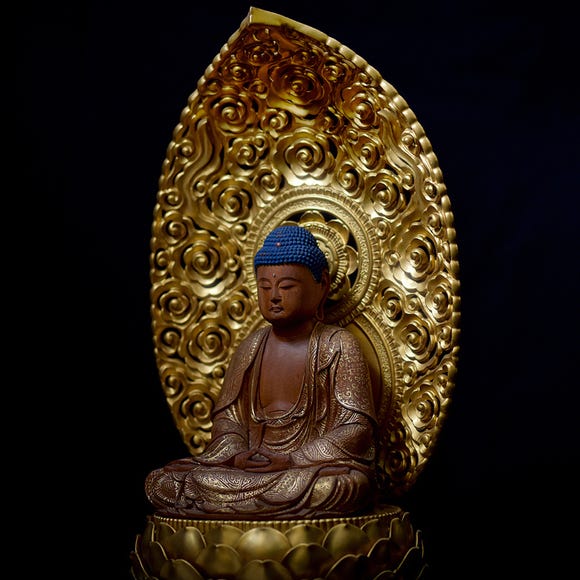
Yoshida Gennojo-Roho Kyoto Buddhist Altars
Gift Shops
Nijo Castle, Kyoto Imperial Palace
-

Kanzenkoshitsuyakinikutabehodai Gyugyu Paradise Sannomiya
Yakiniku
Kobe, Sannomiya, Kitano
-
Ad

Recharge and Relax with a Healing Getaway at Kamenoi Hotel Toba
-

Best Things to Do and See Around Kyoto & Osaka in September: Events and Festivals in Kansai
-

Curious About Sake? I Visited a Sake Brewery in Japan and Here's What I Learned
-
Ad

Discover Timeless Beauty: Kimono-en, a Web Magazine Exploring the Spirit of Kimono
-
Ad

Experiencing Manga as Culture, Not Just Reading It: Expo 2025 with Rumiko Takahashi
-
Ad
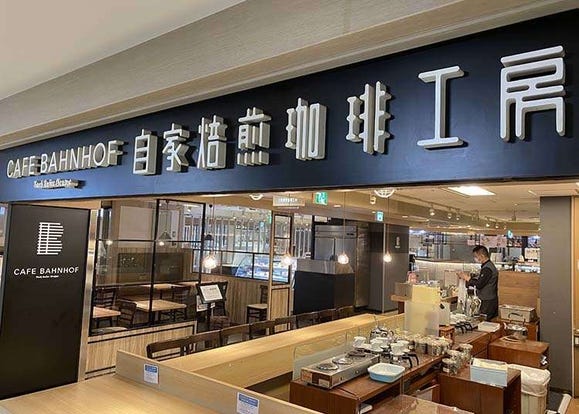
Café Bahnhof in Osaka: The home-roasted coffee that captivated G20 leaders!
Inspiration for Accommodations
-

Spacious Family Hotel in Namba: 20 Comfortable Stays for Family Fun
-
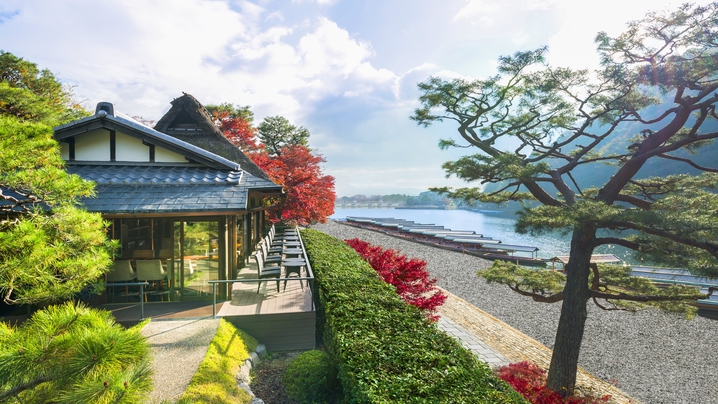
Charming Hotels to Enjoy the Spectacular Views of Arashiyama's Autumn Leaves from Your Room
-

Experience Stunning Views of Osaka Castle from Private Spaces: Top Hotels Near Osaka Castle
-
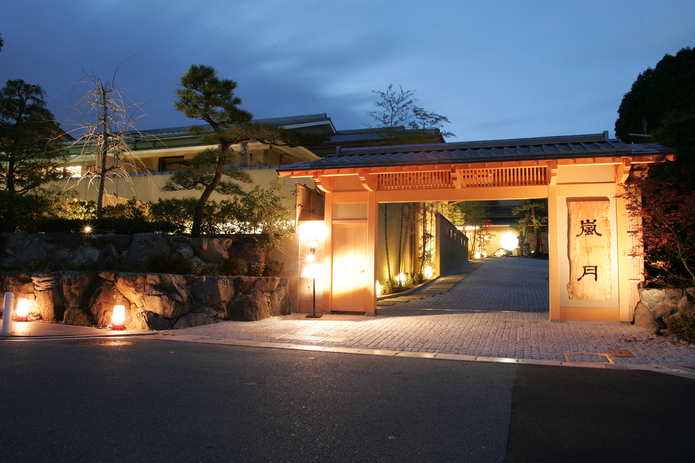
Recommended by Visitors! Arashiyama's Best-Rated Hotels
-

Family-Friendly Universal Studios Japan Hotel with Excellent Access
-
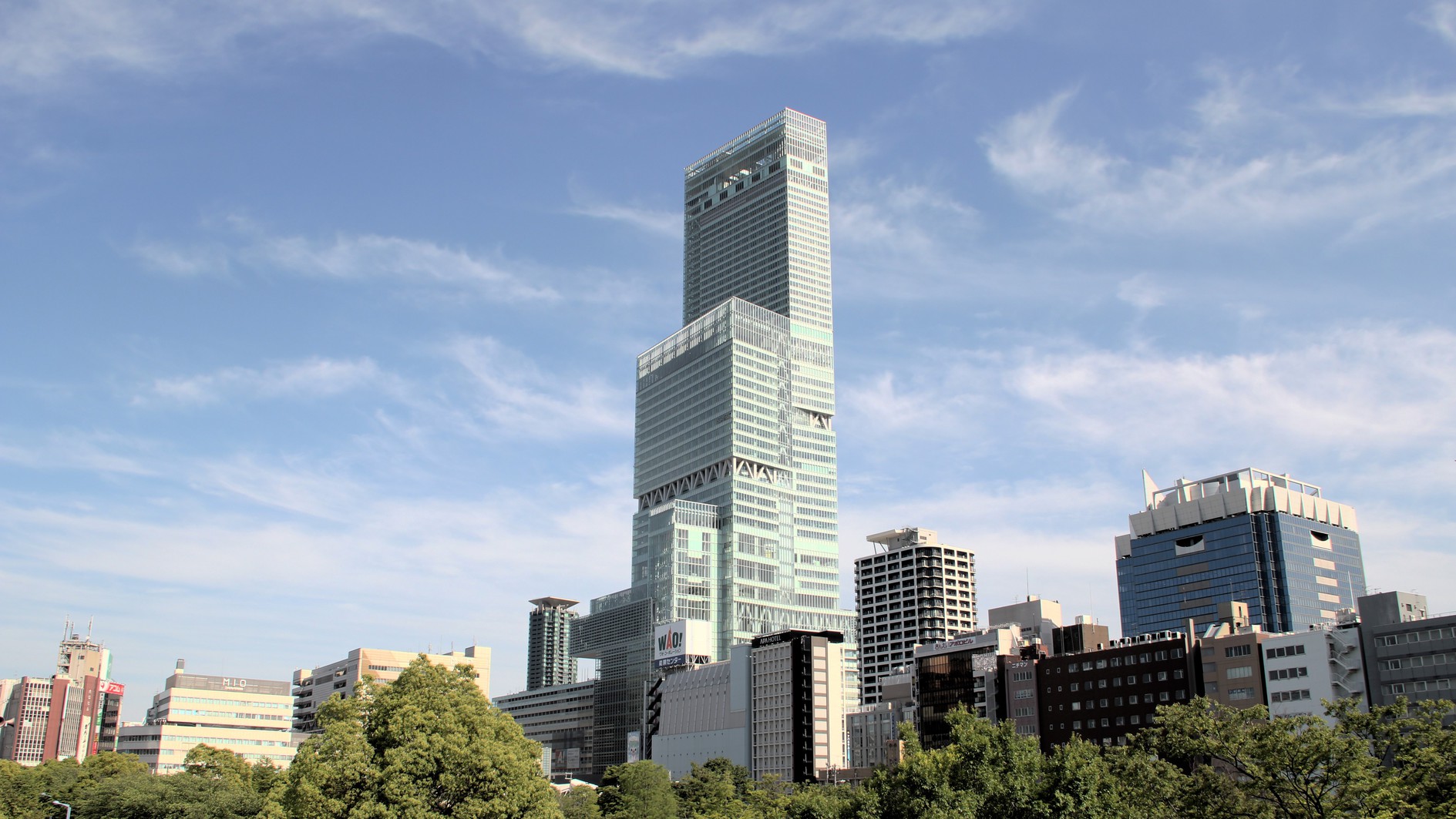
Enjoy a Comfortable Stay in Osaka! 10 Hotels with Convenient Airport Shuttle Services
-

Top 10 Recommended Hotels Near Namba Station with Great Access
-
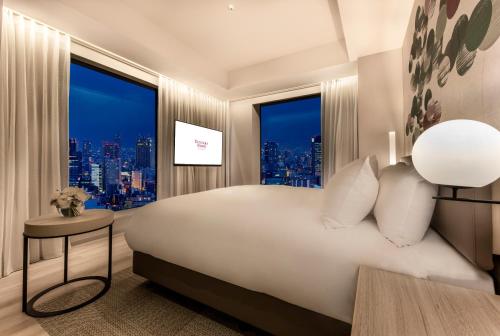
Enjoy Night Views from Your Room! Recommended Hotels in Namba Area
-

5 Popular Shops and Gift Ideas Along Arashiyama Shopping Street
-

Japan's Bath Culture: Tips You Should Know!
-

Osaka City Guide: Destinations, Activities, Travel Advice, Shopping & More
by: WESTPLAN
-

38 Best Things to Do in Kyoto: See, Eat, and Shop Your Way Through Japan's Cultural Capital
-

April 13: EXPO 2025 Osaka-Kansai Opens Its Doors to the World's Brightest Minds
-

Fine Japanese Dining in Kyoto! Top 3 Japanese Restaurants in Kiyamachi and Pontocho Geisha Districts
- #best gourmet Osaka
- #things to do Osaka
- #what to do in kyoto
- #what to bring to japan
- #best gourmet Kyoto
- #new years in Osaka
- #what to buy in nanba
- #Visiting Osaka
- #onsen tattoo friendly arima
- #daiso
- #Visiting Kyoto
- #best japanese soft drinks
- #japanese fashion culture
- #japanese convenience store snacks
- #japanese nail trends






























